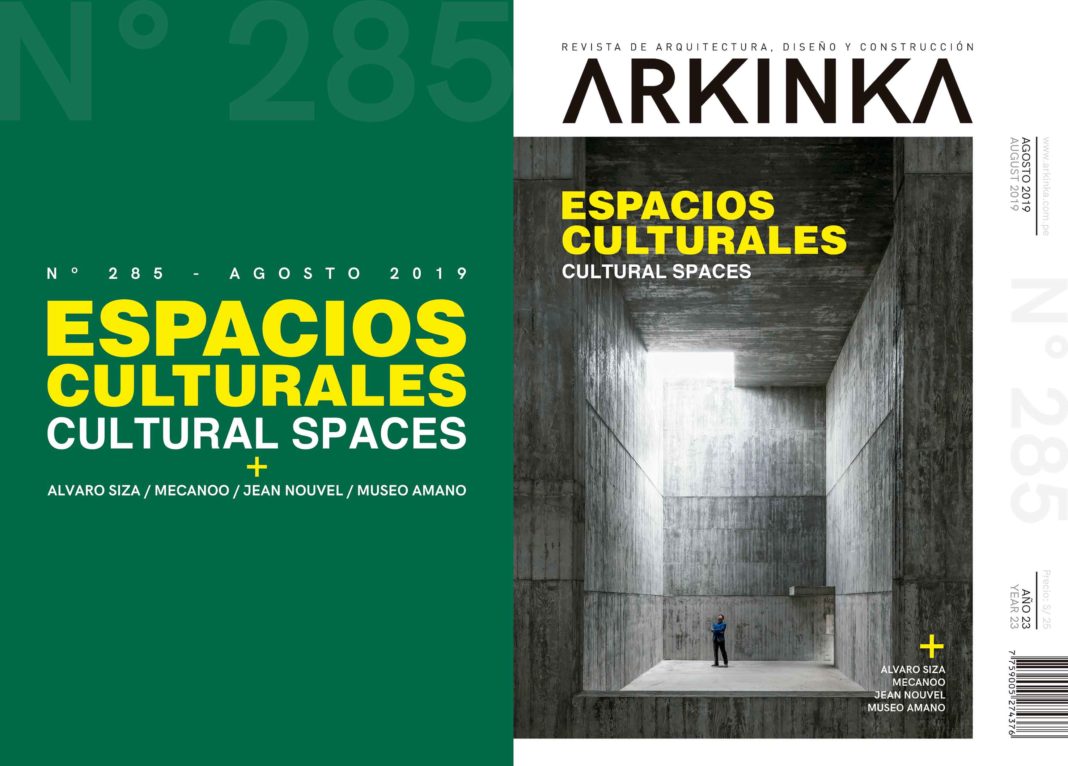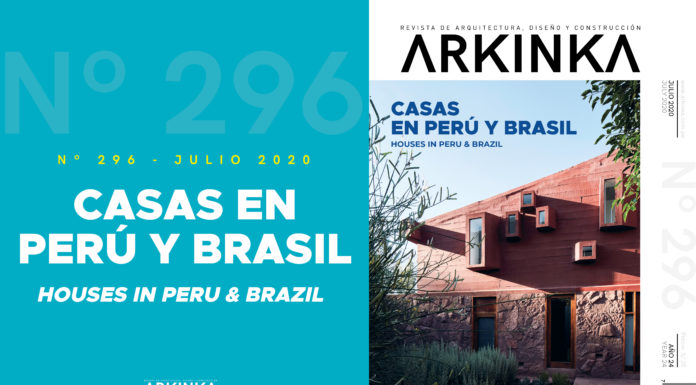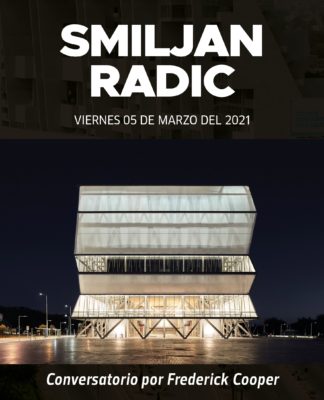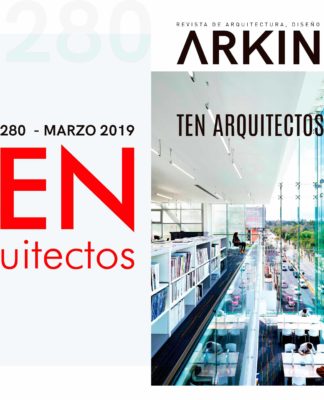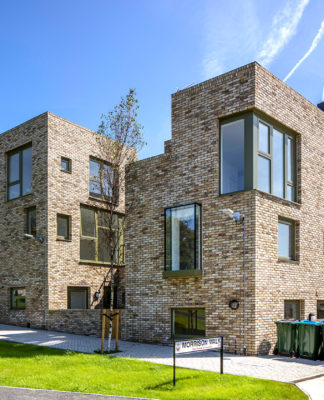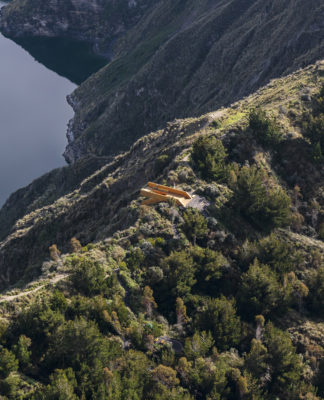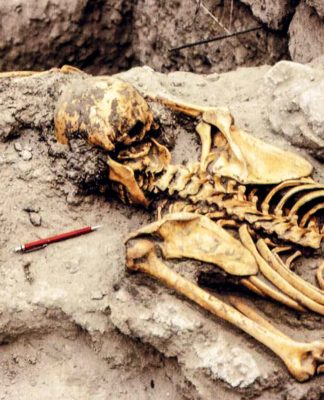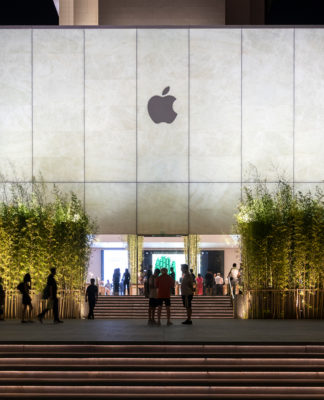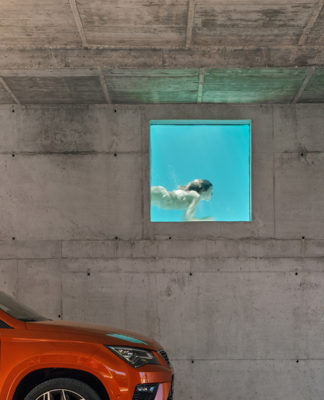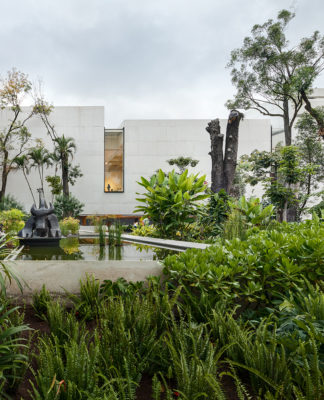PROYECTO DEL MES
Centro Nacional de Kaohsiung para las artes
Por Mecanoo architecten
Kaohsiung, Taiwán
2018
Kaohsiung es una ciudad informal y animada de casi tres millones de habitantes. No solo es la segunda ciudad más grande de Taiwán y uno de los puertos marítimos más grandes del mundo, sino que también alberga un dramático clima subtropical de tifones, altas temperaturas, fuertes lluvias y terremotos regulares. El nuevo complejo de rendimiento de 140,000 metros cuadrados debe hacer frente a todos estos extremos.
ESPACIOS CULTURALES
Parque Saya
Por Álvaro Siza / Carlos Castanheira
Gyeongsangbuk-do, Corea del Sur
2018
El Pabellón de Arte modificó el sitio de la colina y también se adaptó a él. Y todos nosotros también, nos adaptamos a la belleza de este proyecto. Hubo una fuerte voluntad de construir esta idea particular en ese sitio y todos los desafíos fueron superados.
Museo Amano – Reforma y ampliación
Por Jorge Alvarez-Builla, Laura Torres Roa y Margaux Eyssette
Lima, Perú
2019
Yoshitaro Amano, ingeniero naval, empresario y filántropo peruano-japonés, construyó en 1964 el Museo textil precolombino, cuya colección ha sido declarada patrimonio de la nación e incluye piezas de las culturas kotosh, moche, chimu, cunisquepe y nazca, que han formado parte de una exposición en 2018 en el Museo Metropolitano de Arte de Nueva York.
Museo Nacional de Qatar
Por Ateliers Jean Nouvel
Doha, Qatar
2019
El Museo Nacional de Qatar emerge de un desierto que se ha aventurado hasta el mar. En el sitio, se levanta el Palacio Real de Sheikh Abdullah bin Jassim Al Thani, un hito del siglo XX de gran valor patrimonial para Qatar.
El Museo Nacional está dedicado a la historia de Qatar. Simbólicamente, su arquitectura evoca el desierto, su dimensión silenciosa y eterna, pero también el espíritu de modernidad y audacia que se ha presentado y ha sacudido lo que parecía inquebrantable. Así que son las contradicciones en esa historia las que he tratado de evocar aquí.
Louvre Abu Dhabi
Por Ateliers Jean Nouvel
Abu Dhabi, Emiratos Árabes Unidos
2017
El museo y el mar
“Todos los climas tienen excepciones. Más cálido cuando hace frío. Más fresco en los trópicos. La gente no resiste bien el choque térmico. Tampoco las obras de arte. Tales observaciones elementales han influido en el Louvre Abu Dhabi. Desea crear un mundo acogedor que combine serenamente la luz y la sombra, la reflexión y la calma. Desea pertenecer a un país, a su historia, a su geografía sin convertirse en una traducción plana, el pleonasmo que resulta en el aburrimiento y la convención. También apunta a enfatizar la fascinación generada por los encuentros raros.
REFLEXIONES
El Museo como ente de reforma
REFLEXIONES por Ricardo Herrera Ruiz
Desde los inicios de la arquitectura, las instalaciones con fines recreativos y culturales se han caracterizado por su facilidad para congregar multitudes, lo que las convierte en un potente factor de desarrollo dentro del planeamiento de una ciudad, de tal forma, que es común en el diseño urbano estudiar la factibilidad y el impacto que las construcciones afines a estos usos puedan tener en el entorno inmediato a lo largo del tiempo. Con lo cual su adecuada ubicación y abastecimiento son cruciales para incrementar su potencial y no obstaculizar su alcance.
Ya sean proyectos como teatros, bibliotecas, edificios religiosos, museos o semejantes, demuestran constantemente que son imprescindibles para darle vida a una ciudad, dada la afluencia de usuarios que traen consigo.
ARQUEOLOGÍA
Santuarios andinos en el proceso de la evangelización
Elementos de la arquitectura religiosa renacentista
Por Germán Zecenarro Benavente
(Parte II)
Además, en este preciso lugar había sucedido la descensión de la Virgen en 1536, lo cual connotaba de mucha sacralidad al sitio, hecho sustentado físicamente también por la presencia de una escultura lítica de la Virgen de la Descensión –como lo indica el cura José María Blanco en 1836 (Blanco 1974)-, elemento asociado a una piedra blanca que contenía sobre su superficie dos plantas o huellas de pies femeninos (Teófilo Benavente Velarde, comunicación personal), petroglifos que la fe popular atribuyó a los pies divinos de la Virgen María y que los estudios contemporáneos los identifican como grafías que denotaban a una divinidad prehispánica de connotación femenina, asociada con el espacio sagrado que hoy ocupa la Catedral, y que lamentablemente desapareció a inicios del Siglo XX por la continuidad religiosa pagana que suponía (Valencia 1991: 116; 2007: 136) (Zecenarro 2007: 192-193) (Figura 9). En la segunda mitad del Siglo XVII, al demolerse la primitiva Catedral, sobre el lugar donde acaeció la aparición milagrosa, como memoria se construyó una cúpula sobre pechinas cuyos cuatro pilares señalaban la ubicación del Sunturwasi, elemento que servía de dosel a un tabernáculo que contenía a la piedra blanca descrita.
PROJECT OF THE MONTH
National Kaohsiung centre for the arts
By Mecanoo architecten
Kaohsiung, Taiwan
2018
Kaohsiung is an informal, lively city of almost three million inhabitants. Not only is it the second largest city in Taiwan and one of the world’s largest sea ports, but also host to a dramatic sub-tropical climate of typhoons, high temperatures, heavy rainfall and regular earthquakes. The new 140,000 square-metre performance complex must cope with all of these extremes.
CULTURAL SPACES
Saya Park
By Álvaro Siza / Carlos Castanheira
Gyeongsangbuk-do, South Korea
2018
The Art Pavilion modified the hill site and also adapted itself to it. And we all also, adapted ourselves to the beauty of this project. There was a strong will to build this particular idea on that site and all the challenges were overcome.
Amano Museum – Redesign and extension
By Jorge Alvarez-Builla, Laura Torres Roa & Margaux Eyssette
Lima, Peru
2019
Yoshitaro Amano, naval engineer, businessman and Peruvian-Japanese philanthropist, built in 1964 the Pre-Columbian Textile Museum, whose collection has been declared a patrimony of the nation and includes pieces of the Kotosh, Moche, Chimu, Cunisquepe and Nazca cultures, which have been part of an exhibition in 2018 at the Metropolitan Museum of Art in New York.
National Museum of Qatar
By Ateliers Jean Nouvel
Doha, Qatar
2019
The National Museum of Qatar emerges from a desert that has ventured all the way to the sea. On the site, the Royal Palace of Sheikh Abdullah bin Jassim Al Thani rises up, a twentieth-century landmark of major heritage value to Qatar.
The National Museum is dedicated to the history of Qatar. Symbolically, its architecture evokes the desert, its silent and eternal dimension, but also the spirit of modernity and daring that have come along and shaken up what seemed unshakeable. So it’s the contradictions in that history that I’ve sought to evoke here.
Louvre Abu Dhabi
By Ateliers Jean Nouvel
Abu Dhabi, United Arab Emirates
2017
The museum and the sea
“All climates like exceptions. Warmer when it is cold. Cooler in the tropics. People do not resist thermal shock well. Nor do works of art. Such elementary observations have influenced the Louvre Abu Dhabi. It wishes to create a welcoming world serenely combining light and shadow, reflection and calm. It wishes to belong to a country, to its history, to its geography without becoming a flat translation, the pleonasm that results in boredom and convention. It also aims at emphasizing the fascination generated by rare encounters.
REFLECTIONS
The Museum as a reform entity
REFLECTIONS by Ricardo Herrera Ruiz
Since the beginning of architecture, facilities for recreational and cultural purposes have been characterized by their ability to gather crowds, which makes them a powerful development factor in the planning of a city. In such a way, it is common in urban design to study the feasibility and impact that buildings of this kind may have in the immediate environment over time. Therefore, its proper location and supply are crucial to increase their potential and not hinder their influence.
Whether we consider projects such as theaters, libraries, religious buildings, museums or similar examples, they’ve all constantly proven to be essential when it comes to having an active city, given the influx of users they bring with them.
ARCHEOLOGY
Andean sanctuaries in the process of evangelization
Elements of renaissance religious architecture
By Germán Zecenarro Benavente
(Second part)
In addition, in this precise place the Virgin’s descent had happened in 1536, which connoted the site with much sacredness, fact physically supported also by the presence of a lithic sculpture of the Virgin of Descent – as indicated by the priest José María Blanco in 1836 (White 1974) -, element associated with a white stone that contained on its surface two female feet footprints (Teófilo Benavente Velarde, personal communication), petroglyphs that the popular faith attributed to the divine feet of the Virgin Mary and that contemporary studies identify them as graphics that denoted a pre-Hispanic divinity of feminine connotation, associated with the sacred space that today occupies the Cathedral, and that unfortunately disappeared at the beginning of the 20th century due to the pagan religious continuity that it supposed (Valencia 1991: 116; 2007: 136) (Zecenarro 2007: 192-193) (Image 9). In the second half of the seventeenth century, when the primitive Cathedral was demolished, on the place where the miraculous apparition occurred, a dome was built on whose four pillars pointed to the location of the Sunturwasi, element that served as a canopy to a tabernacle that contained the white stone previously described.

